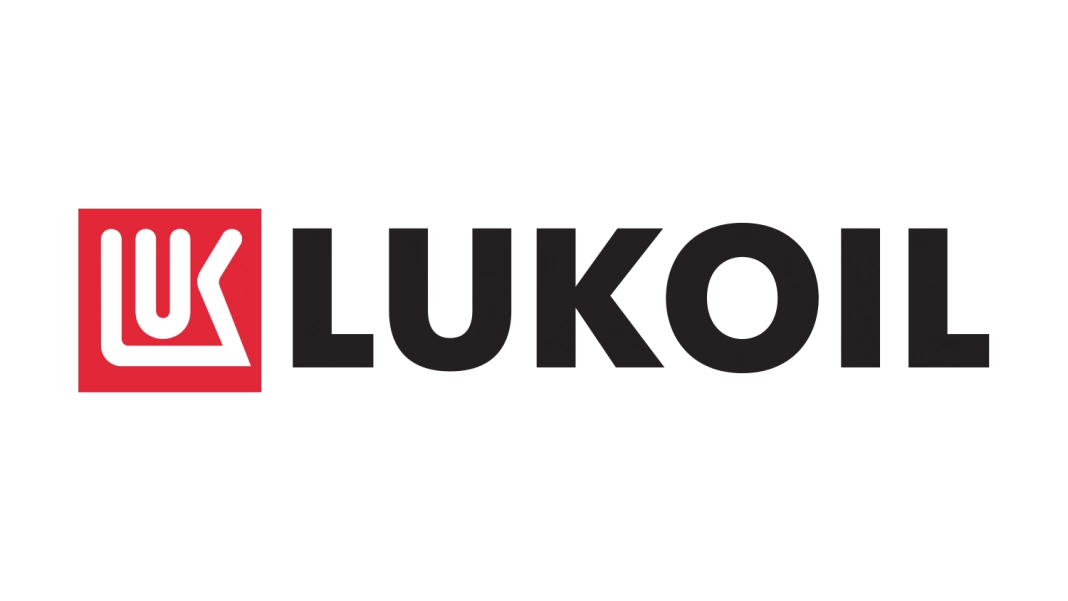EPS
For an insulation material in the sandwich panels, we use only high-quality extruded polystyrene foam (EPS) of the American brand Styrofoam Dow, which is practically not absorbent. Its advantages:
- Long-lasting thermal insulation
(constancy of characteristics in a long interval of time) - High mechanical strength (compressive, tearing, bending, shear).
Allows to dampen high dynamic loads caused by wind and vibration. - High moisture and vapor barrier characteristics
(important factors affecting longevity) - Chemical resistance
- good adhesion
- Lightness (low weight)
- Dimensional stability (constancy of the geometry of the plates)
Key Points Related to Sandwich Panel Technology
Glued sandwich panels. In them, the layers are joined by means of one- or two-component (more common) polyurethane adhesive in a vacuum or mechanical press (the latter is quite expensive, so not everyone can afford it). In this case, the sandwich panel can be either three-layer: lining + insulation (in order to reduce the cost, some use polystyrene foam, some use domestic EPS, and we use American EPS) + five-layer with the addition of plywood under the lining. Theoretically, a sandwich panel may also consist of more layers.
The use of this technology is most relevant for non-serial orders, since the panel’s cost is not affected by their quantity.
Filled sandwich panels. The facings of the future panel are placed in the press, while the required distance is selected between them, and the ends are closed by stoppers. This distance will determine the thickness of the insulating layer. The upper lining in the press is held either with the help of magnets or with the help of vacuum suction cups. According to the method of filling, open and closed filling are distinguished. With the open method, polyurethane is poured onto one of the linings at atmospheric pressure under the influence of gravity. With the closed method, polyurethane foam is injected under pressure through a tube into the space between the linings. The most difficult thing here is to achieve uniform distribution of the foam, i.e. its uniform density throughout the panel. To solve this problem, pouring is done at several points from one end (the longest), and the panel itself is tilted (so that the foam flows faster to the opposite end). Open casting may not always be used: in this way only panels that do not have embedded elements are made. The closed method of filling is more universal, but laborious. In any case, a reduction in the prime cost of the poured panel compared to a panel made using gluing technology is achieved by producing at least a dozen of the same type of vans. There are also difficulties with the production of N-layer panels: cladding with the inner layers must first be glued in a vacuum or mechanical press, and then the polyurethane mass must be filled between them (two presses work instead of one → energy consumption, the panel production time increases → labor intensity increases, therefore, 4 and 5-layer vans with PUF are quite expensive).
Disadvantages of foam
We hasten to assure you that polystyrene (the scientific name is polystyrene foam) is evil. This material is a good insulation, but, unfortunately, the granular structure makes it rather fragile. As for the most significant drawback, it is, of course, hygroscopic: the foam absorbs water like a sponge, after which it crumbles into granules. Such a van will not last more than two years, especially if it is operated in extreme climatic conditions, when the temperature difference inside and outside the car exceeds 50 ° C.
Characteristics of EPS
Previously, we had experience using domestic-produced EPS (we do not intentionally indicate the brand). At first glance, it differed from the import only in color (imported - blue, domestic - yellow), but a detailed study revealed that:
- domestic EPS has unstable quality: from supply to delivery, the density of the material ranged from 35 to 40 kg / m³ (we determined this by weighing each briquette, their weight varied). As a result, the vans pretty much lost in thermal insulation;
- the sizes of plates of domestic EPS even in one briquette differed (the error of geometric parameters sometimes reached 2 mm). About 25% of the material that went into production was written off to the marriage. Therefore, the transition to a much more expensive American insulation Styrofoam was made with negligible financial losses.
Brief comparative characteristics of heat insulator
| Options |
EPS Styrofoam Dow |
EPS produced in Russia |
PUF | Styrofoam |
|---|---|---|---|---|
| Low thermal conductivity | ++ | + | +++ | — |
| Low moisture / water absorption | ++ | ++ | — | — |
| High structural strength | ++ | + | ++ | — |
| Strength / Weight Ratio | ++ | + | ++ | — |
| Same density | ++ | — | + | ++ |
| Dimensional stability (no additional processing) | ++ | — | ++ | ++ |
| Optimum surface for work (no dust / closed cells) | ++ | ++ | — | — |
| Automation and ease of use | ++ | ++ | ++ | ++ |
| Temperature resistance | — | — | ++ | — |
Conclusion: extruded polystyrene foam is best suited
for use in automotive sandwich panels.
What is stronger: EPS Styrofoam Dow or PUF?
The Royal Institute of Aeronautics (Stockholm, Sweden) conducted tests to measure the long-term fatigue strength of Styrofoam DOW EPS and PUF with a density of 40 kg / m³. Method - cyclic (5 Hz) tests for deflection under the prevailing tangential stress, increasing with each cycle. Land area - 2,174 m.
Conclusions:
- glued sandwich panel with EPS+ Styrofoam DOW with a density of 40 kg / m³ is 4 times stiffer;
- it makes it possible to carry 2 times more cargo (especially for trucks carrying carcases in which the cargo transported suspended from the roof of the van).
Automated line for gluing sandwich panels
We carry out gluing of a sandwich panel using thelatest equipment, which allows us to combine the procedures for preparing glue, applying it and pressing the layers of the panel into a single automated process. The key advantages of the line we use include:
- 100% correspondence of the adhesive composition to the formulation: the components of the adhesive are mixed automatically;
- uniformity of glue application;
- the ability to program the press in terms of compression force.
Milling center
We use a special five-axis CNC milling center for machining sandwich panels. The installation has a tool store, including circular saws, cutters and drills. With the help of them, the perimeter of the panels is processed (the error does not exceed 0.00005 / 1 m), holes of any complexity are cut out (including curvilinear ones), the lining is drilled, the carving is made in inserts.









